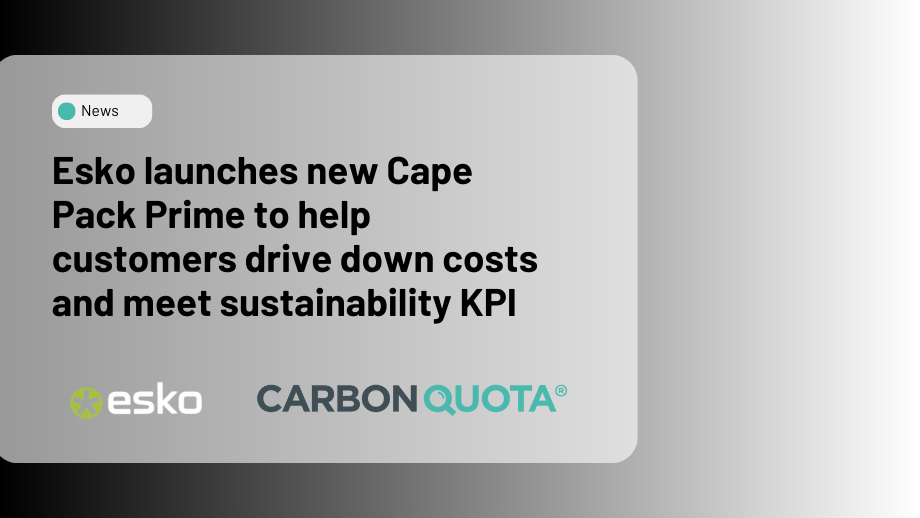In an era of escalating climate awareness, publishers worldwide face unprecedented pressure to quantify, manage and disclose their carbon emissions. This has become not just a strategic advantage, but a critical business necessity.
Legislation is here
Large UK companies are already reporting through the Streamlined Energy and Carbon Reporting (SECR) and organisations pitching for government work must prepare a credible, science-based, Climate Reduction Plan.
In Europe, there’s a swathe of legislation coming. The EU’s Corporate Sustainability Reporting Directive (CSRD) demands supply chain transparency, and the EU Deforestation Regulations mandate traceability to forest geo-coordinates. The Digital Product Passport (DPP), while a little further away for publishers, requires you to disclose precisely what has happened in your value chain to sell the product.
Similarly, California’s Climate Corporate Data Accountability Act requires extensive carbon footprint reporting from 2026 (the world’s relying on Californians to keep the US in the race to an environmentally sustainable economy!)
Publishers who fail to proactively measure their carbon footprint risk financial penalties, legal complications, reputational damage and exclusion from government contracts.
The complex publishing ecosystem
Publishing encompasses diverse services with multi-faceted ways of making them happen. This can range from content creation for traditional paper publication and digital distribution, to merchandise and promotional products, licencing, events, conferences and data services. That’s all powered by your people – whether working in offices, on the road or at home. Combined with global supply chains with many layers of complexity, there’s a lot to understand.
CarbonQuota’s approach – outlined in this case study – aims to make this simple. Our sector experts and scientists have created processes where we align data requirements with how your business operates.
CarbonPro goes one step further. We can tailor our systems to your actual teams, internal structure and terminology.
The Business Case for Carbon Measurement
Contrary to perception, carbon measurement is a savings driver. It helps identify operational inefficiencies, discover lower-cost specifications through eco-design and accelerate the switch to lower-cost renewable electricity in supply chains.
Print-on-Demand considerations
Localising production can have positive environmental impacts, but requires strategic implementation and careful analysis.
The environmental impact of advertising
Advertisers are becoming increasing environmentally conscious, seeking information on the environmental impact of their advert in your product – whether in printed or digital form, broadcast, experiential or in-person.
To address this, the advertising industry has convened behind Ad Net-Zero and the Global Media Sustainability Framework (GMSF) – creating a standard for the accurate disclose of carbon on a per-advert basis. For now, brands are now laying the groundwork for being able to select advertising space that is transparent about its carbon footprint – but within a few years’ time that will have evolved to selecting based upon actual and fully-traced environmental impact.
CarbonQuota is at the forefront of helping preparing data for disclosure to advertisers, with full alignment to the GSMF methodology.
The CarbonQuota Advantage
If you want to stay ahead of emerging legislation, provide the relevant data to your customers, consumers and stakeholders, contact us today and ensure you understand the measures needed to reduce your environmental impact.



